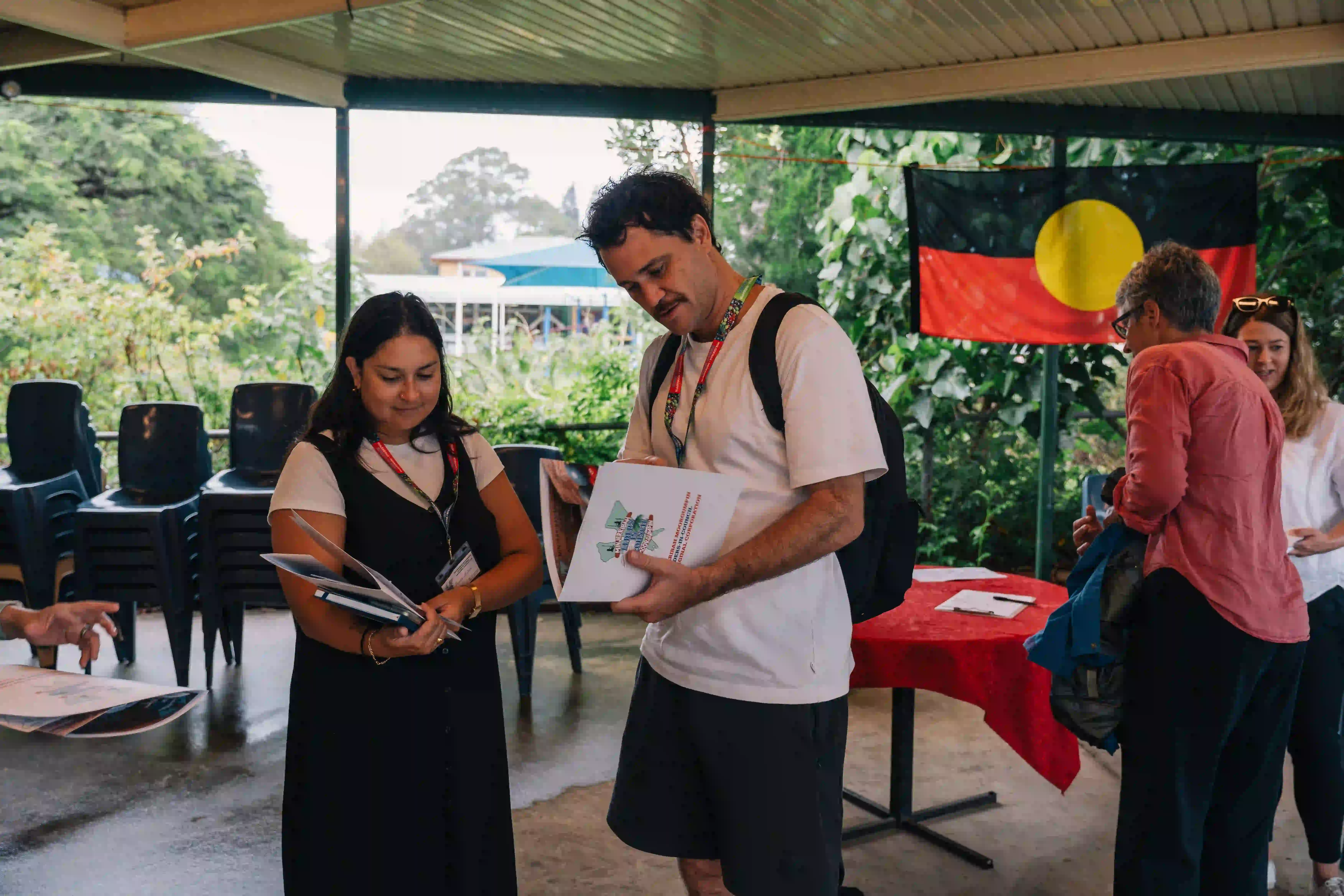A new report has found that Australian not-for-profit organisations are increasingly turning to an emerging group of workers, described as ‘Linkers’, who help people effectively access the complex social and community service system.
The complexity of the social services system, and its entrenched barriers to access, mean those who would benefit most from support consistently miss out.
Understanding Linkers, by dandolopartners and released today by the Paul Ramsay Foundation, investigated how ‘Linkers’ are addressing this issue, sitting outside the service system and helping guide people through its hurdles by linking them to the support and resources they need.
The Foundation’s Chief Portfolio Officer Abhilash Mudaliar said the report highlighted the challenges of negotiating the current service system and was a springboard for further research into Linkers’ effectiveness and potential for broader systems change.
“Despite efforts to drive change, the social services system remains fragmented and complex, meaning people tend to get lost trying to navigate it and, therefore, miss out on the vital support they need,” he said.“This research highlights the importance of a client-centred, relational model of service delivery. It is a solid step towards understanding the value of the Linkers’ approach and the impact Linkers could have for addressing entrenched issues in the social service system.”
Dandolopartners senior manager Stacey Fox said Linker roles had distinct and consistent characteristics, with their role evolving in response to entrenched issues in the broader system.
“Because it’s an emerging role, there is little visibility of the Linker workforce, the nature of their work and the skills and attributes required,” Dr Fox said.
“In spite of working in different contexts, having diverse professional backgrounds and focusing on different cohorts, we found a surprising level of consistency in how Linkers work.
“We found that Linkers were characterised by their ability to quickly forge and maintain trust, and by their relentless and creative problem-solving about the barriers their clients faced. The design of Linker roles allows Linkers to focus on the priorities and aspirations of the people they work with and work flexibly and in partnership to address a wide range of barriers to achieving those aspirations.
”In one example of Linkers at work, The Hive Linker Program in Mt Druitt provides place-based, relational support to families who face barriers in accessing mainstream services such as early education or disability services for children under five years old. Linkers offer support including connecting to allied health services, transport to and assistance at appointments, help filling out paperwork, supporting families to enrol in a local childcare service and navigating childcare subsidies.
The Hive’s Child Health and Development Project Lead Laura Faraj said their Linker Program had been successful in helping families understand complex processes and access services.
“All of our families want the best for their child, yet due to family stressors or inequitable and confusing systems, they need support to overcome barriers,” she said.
“The support Linkers provide highlights the inequities and barriers in systems and raise awareness of structural barriers that requires advocacy to various stakeholders to overcome.
Linkers also play an important role in the communities which Just Reinvest NSW works with, assisting people to navigate across a complex of service systems including the criminal justice system.
“This report raises important questions about Linkers’ visibility and their ‘band aid’ role in broken service systems,” said Jenny Lovric, Manager of Community Engagement and Partnerships at Just Reinvest NSW.
“Linkers could play a critical role in broader service systems change work, but as this work shows, there are clear gaps in understanding the effectiveness of Linkers and how we can best support these roles.”
The full report is now available here.
Photo: Used with permission from The Hive











